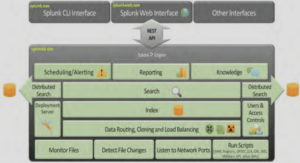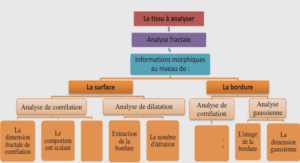Basic notions of Electric Vehicles
Why is the integration of EVs an interesting topic to study?
The future direction towards a smarter grid consists of introducing smart elements such as Distributed Generations, which can be controlled and can supply energy to the power grid. A sophisticated communication between the Distributed Generations and different parties (such as the Power and Distribution System Operators (DSO), Electricity Retailer (ER), and endusers) is required in order to improve the performance of the grid and reduce the risk of any possible perturbations. Some examples of Distributed Generations are, but not limited to, Photovoltaics (PVs), Wind Turbines (WT), Energy Storage Systems (ESSs), Electric Vehicles (EVs), and many others. The main role of the Distributed Generation is to provide as much as possible a continuous balance between generation and consumption (i.e. supply energy to the grid when it is needed, and consume/store energy when there is an excess of generation on the network). Despite the many advantages of ESSs such as batteries, space heating, Electric Water Heaters (EWH), etc., current studies are focusing on the integration of electric vehicles, because they may offer a positive contribution to the grid stability and provide ancillary services without any noticeable investment. In the following subsections, a brief introduction about EVs is presented, the advantages and barriers facing their intensive integration on the network are briefly discussed.
Different types of Electric Vehicles
An Electric Vehicle (EV) in this thesis refers to every vehicle that is fully or partially powered by electricity to supply its electric or traction motors, and its internal needs of electricity. The electricity can come from off-vehicle sources or self-contained with a battery, photovoltaic, or an electric generator that converts fuel to electricity. The EVs include, but not limited to, electric cars, electric aircraft, electric spacecraft, electric-bikes, electric trains, electric boats, etc. However, in this thesis, we are limiting the term to only the electric cars, which can be plugged in and charged from the grid. There are different types of EVs, some of them are stated as follows:
• Plug-in Full Battery Electric Vehicle (PEV), in which its total energy consumption comes from a battery, which is charged by connecting it to the power grid, without the need of any additional source of energy,
• Plug-in Hybrid Electric Vehicle (PHEV), in which it uses at least two sources of energy to supply its needs. The first one is a fuel-based Internal Combustion Engine, the second one is a battery, which can be charged by plugging it to the power grid or by converting the fuel energy to electricity,
• Plug-in Hybrid Range Extender Electric Vehicle (REEV), in which it is similar to the PHEV, in addition, it uses an additional engine to convert fuel energy to electricity for supplying the vehicle’s needs,
• Hybrid Electric Vehicle (HEV) is similar to the PHEV, but its battery is only charged by converting fuel and breaking energy to electricity. The HEV cannot be plugged into the power grid.
Electric Vehicle vs. internal combustion engine car
Electric Vehicles are emerging technologies and newly deployed in the market. Despite their high price compared to an Internal Combustion Engine (ICE) car,It was expected that the market share of the EVs would increase rapidly. However, the increasing rate is slow (2.1% worldwide of the newly sold cars in 2018), since the major barriers come from the battery storage system and other factors as they will be presented as follows:
• EVs are more expensive than the ICE cars for the same categories and specs (despite it is much cheaper in the long term; customers always tend to see the proposed price without considering the long term benefits),
• EVs are difficult to be charged when the charging infrastructure is not well deployed in the region or the country,
• Batteries are costly, and their lifetime is short compared to the ICE car’s engine. Therefore, they should be changed every 5 to 10 years (It depends on the quality of the battery and the frequency of usage),
• The battery’s degradation depends on many factors; it is very high in hot and extreme cold weathers. However, in extremely cold regions (such as in Quebec in winter), the range anxiety is drastically increased (Range anxiety is the fear that a vehicle has insufficient range to reach its destination). EV may stop working after a few kilometers from the departure, even if it is fully charged,
• The Lithium-Ion battery can explode if it is overheated,
• The range anxiety is high compared to a normal ICE car,
• The driving range is lower than the same model of an ICE car. It is one of the major drawbacks of an EV,
• Energy density is low compared to an ICE car. In other words, to produce the same amount of energy, EVs should be much heavier than a similar ICE car. It is because the battery should be larger in order to generate the same amount of energy.
These barriers will be limited in the future, since the price of the battery is declining every year, and its performance and lifetime are increasing. Hence, the deployment of EVs is very promising and urges fast and efficient solutions in order to mitigate their impact on the distribution network.
INTRODUCTION |






